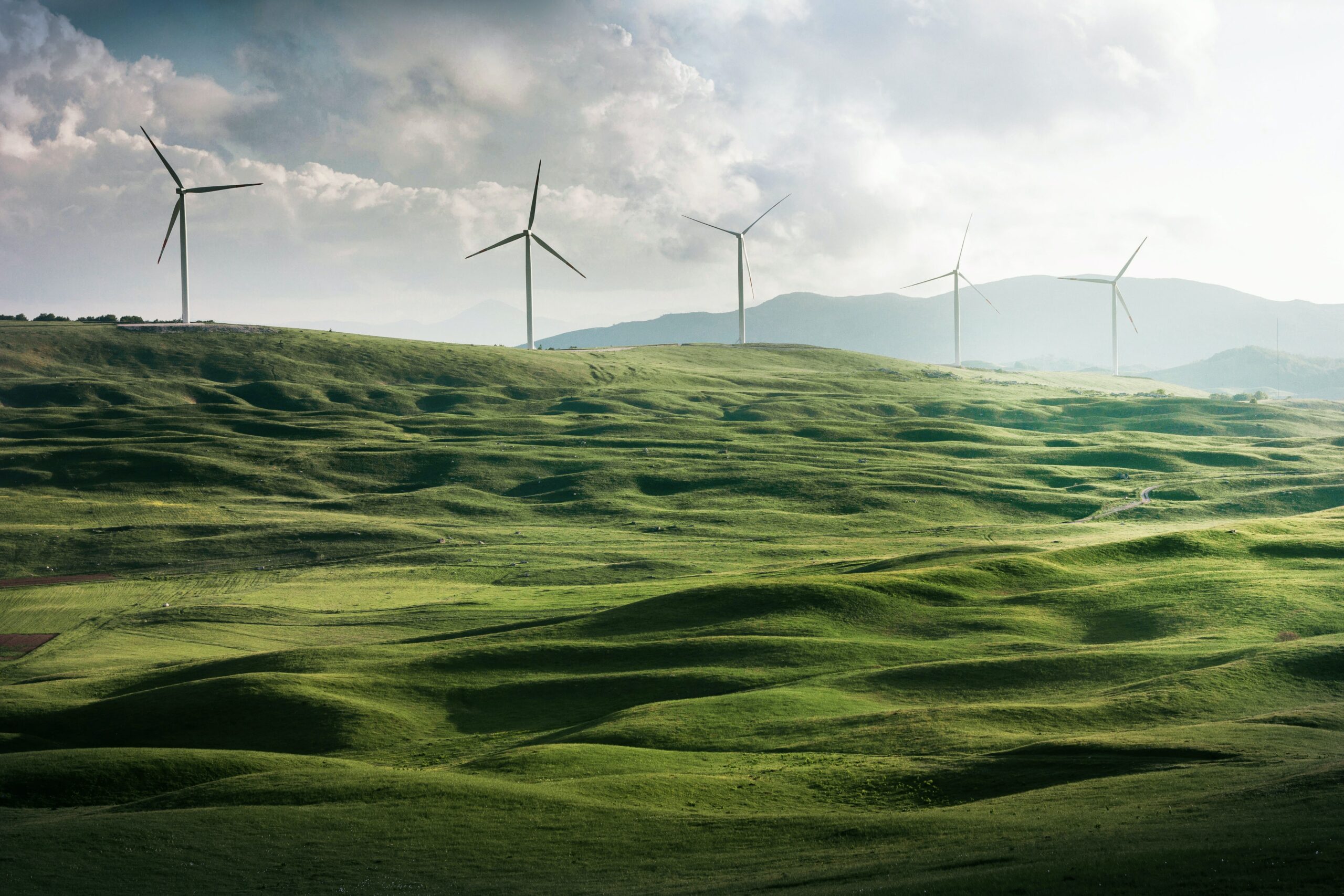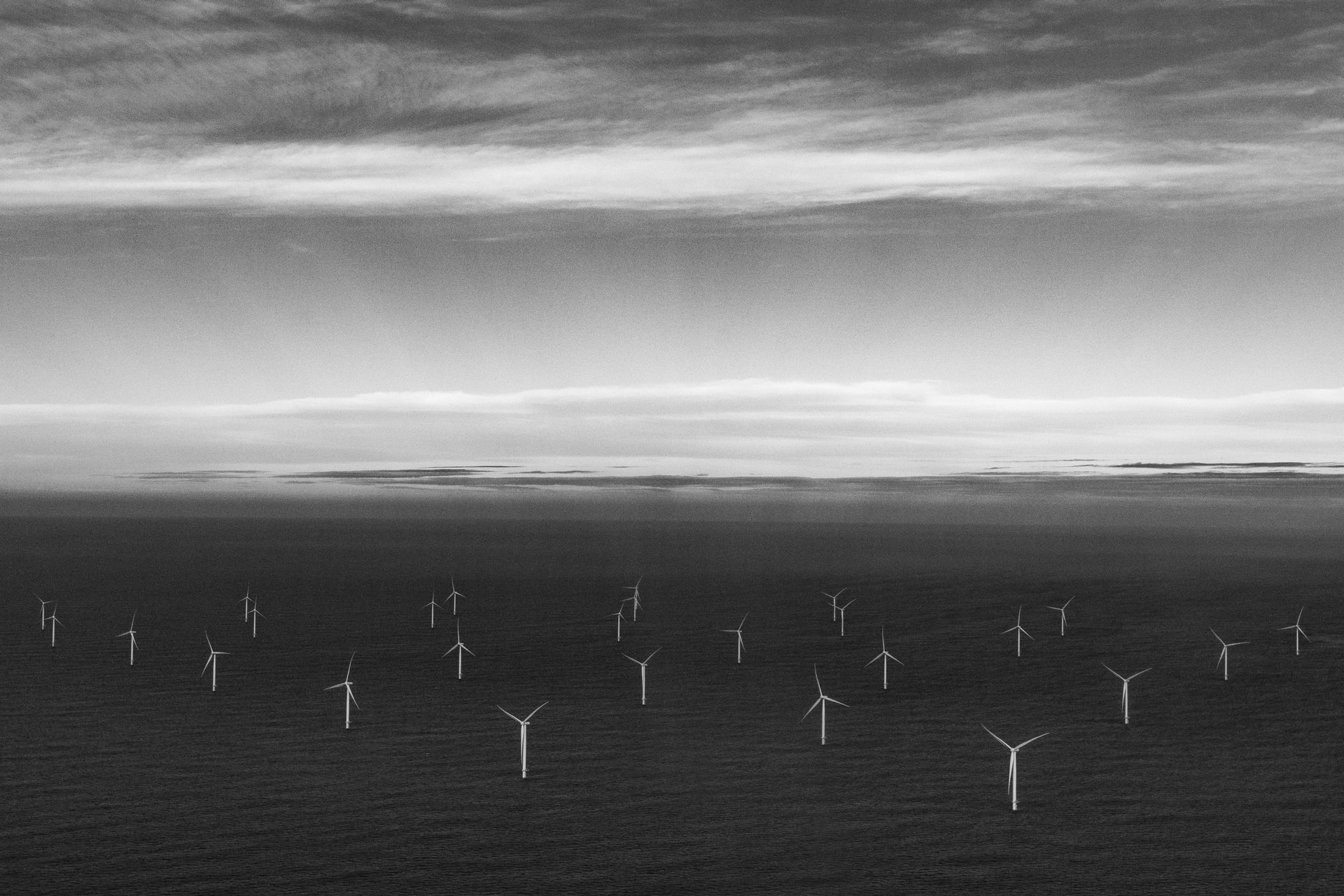UK Offshore wind industry forecast to employ 100,000 people by 2030
Jobs within the expanding UK offshore wind industry could grow to almost 100,000 by 2030, with the private sector expected to invest £155 billion in new offshore wind projects over the next eight years, according to a study by the Offshore Wind Industry Council (OWIC). The data states that by 2030, the industry employment figures will exceed 97,000 in the UK, of which 61,000 will be direct industry jobs.
The offshore wind report expects the average annual investment in offshore wind to exceed £17 billion, higher than the total spend from last year. The rise in private investment is reportedly due to the expanding pipeline of offshore wind projects at all stages of development, which currently stands at 86GW. The significant increase is predominantly due to a major leasing round announcement by the Crown Estate (8GW) and Crown Estate Scotland (25GW of ScotWind). OWIC highlights another significant factor for this increase is the move to annual auctions for Contracts for Difference (CfD), which used to be every two years, accelerating the transition to renewable energy.
The latest report by OWIC suggests that the offshore wind industry currently supports over 31,000 jobs, representing a 16% increase from the 26,000 jobs highlighted in the previous survey. Of this figure, 19,600 are direct jobs within the offshore industry, while 11,500 are indirect positions within supply chain businesses responsible for manufacturing and other industries.
Currently, over 30% of offshore wind jobs are located in Scotland, while the region in England benefitting the most is Yorkshire and the Humber.
The report highlights the significant progress in offshore wind and the transition towards a greener future. This growth will need to continue to ensure that we can meet the target of 50GW of offshore wind by 2030, a fivefold increase in our existing capacity.
It’s critical for industry and the Government to collaborate and address the skills shortages in areas such as electrical engineering and data management, increasing the number of high-quality jobs in offshore wind over the next few years.
The OWIC study showed that the number of women working in the offshore wind industry had increased slightly from 18% a year ago to 19.25%. To achieve the target of 33% of women working in the offshore wind industry by 2030, OWIC and the University of East Anglia launched a new joint research program known as ‘Clearing the Pathway for Women in Wind’. The project is part of the Offshore Wind Sector Deal, which includes a commitment from industry and the Government to ensure that women make up at least 33% of the workforce by 2030, with a stretch goal of 40%.
The project, co-funded by OWIC and UEA, will be unveiled in Norwich at the East of England Energy Group’s Southern North Sea Conference. Until October, the first project phase will include interviewing people from all industry levels and experts in STEM education. University researchers will explore factors influencing women’s entry, advancement, and retention. Ethnicity, nationality, age, sexuality, disability, class, culture, and religion are just a few examples. These are considered “intersectional” factors, which refer to a person’s social identity. In various situations, these factors interact to create advantages and disadvantages.
The second phase will examine how and why specific programs, policies, and initiatives succeed or fail. The research will result in publishing a report with recommendations on addressing the sector’s gender imbalance and delivering a new framework to encourage diversity.
According to the OWIC report, data highlights the need to address the potential risk of recruitment gaps by implementing measures to increase the number of skilled professionals, especially the electrical and digital skills required to enter the offshore wind industry and meet the current and future talent demand.
The cross-industry digital passport recently announced intends to increase the offshore wind industry workforce and make it easier for offshore workers in the oil and gas sector to transfer to offshore wind and other energy industries, establishing cross-industry careers.
For the latest Air Pollution Jobs, Air Quality Jobs, Alternative Energy Jobs, Carbon Jobs, Clean Air Jobs, Clean Energy Jobs, Climate Change Jobs, Climate Crisis Jobs, Climate Emergency Jobs, Climate Jobs, Decarbonisation Jobs, Electrical Jobs, Electricity Jobs, Energy Efficiency Jobs, Energy Jobs, Energy Management Jobs, Energy Saving Jobs, Environment Jobs, Environmental Jobs, Green Jobs, Microgeneration Jobs, Offshore Jobs, Offshore Wind Farm Jobs, Offshore Wind Jobs, Offshore Wind Turbine Jobs, Renewable Energy Jobs, Renewable Jobs, Wind Energy Jobs, Wind Farm Jobs, Wind Jobs, Wind Turbine Jobs in the United Kingdom please visit – GreenJobs
For the latest Air Pollution Jobs, Air Quality Jobs, Alternative Energy Jobs, Carbon Jobs, Clean Air Jobs, Clean Energy Jobs, Climate Change Jobs, Climate Crisis Jobs, Climate Emergency Jobs, Climate Jobs, Decarbonisation Jobs, Electrical Jobs, Electricity Jobs, Energy Efficiency Jobs, Energy Jobs, Energy Management Jobs, Energy Saving Jobs, Environment Jobs, Environmental Jobs, Green Jobs, Microgeneration Jobs, Offshore Jobs, Offshore Wind Farm Jobs, Offshore Wind Jobs, Offshore Wind Turbine Jobs, Renewable Energy Jobs, Renewable Jobs, Wind Energy Jobs, Wind Farm Jobs, Wind Jobs, Wind Turbine Jobs in Ireland please visit – GreenJobs Ireland
LOOKING TO HIRE TALENTED WIND ENERGY PROFESSIONALS?
We Can Help You To Find The Right Candidate & Save You Money.
For more information please contact us at – info@greenjobs.co.uk – quoting the following promotional code – GREENFUTURE2806


